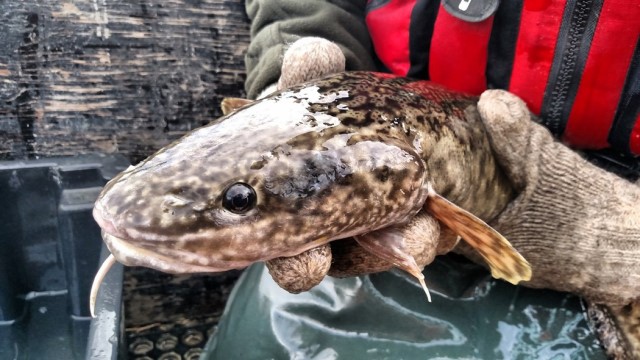Are you a duck hunter? Do you like standing in freezing water before daylight hoping to get two or three shots just as it gets legal shooting light? Are you addicted to the thrill of duck hunting?
Or are you environmentalists, not really interested in hunting but really concerned about conserving our natural environment? Do you want our wetlands kept wild and conserved for the future? Are you rational enough to know our environment can be used while keeping it, which is conservation, rather than totally left alone with no human use like fanatical preservationist demand?
If you can answer yes to any of those questions you should be a member of Ducks, Unlimited.
Ducks, Unlimited (DU) was started in 1937 and currently has about 600,000 adult members in the US, with over 125,000 more in Canada and Mexico. And there are about 47,000 youth members in the US. There are a lot of people interested in conservation and hunting in North America!
The DU mission tells you what the organization does. It says: “Ducks Unlimited conserves, restores, and manages wetlands and associated habitats for North America’s waterfowl. These habitats also benefit other wildlife and people.”
As of the beginning of this year Du had conserved almost 14 million acres in North America, with projects that affected another 127 million acres. Conserved acres mean land dedicated to wildlife while affected acres may be an area with a project that does not dedicate the total area to duck habitat but improves it.
The most important factor of any organization is the percent of funds raised that actually go to their cause. With DU it is an admirable 87 percent. Only 13 percent of all money they get is used for administration, human resources, fund raising and development. That is better than many other conservation organizations.
DU does not think duck hunting is only for private land owners. Here in Georgia their efforts have helped improve duck hunting in 16 WMAs and other areas open to public hunting. These areas are spread out over the state so most Georgia hunters have easy access to one.
Some of the ones closest to us here in Griffin include Rum Creek, where a perimeter dyke and water control structures that improve 25 acres there. Also, at West Point WMA, Glovers Creek, 90 acres of land were improved through replacement of an old water control structure that gave better use of water on the project.
And on Blanton Creek WMA on Bartletts Ferry Lake, two water controls structures were installed to conserve 50 acres. Water controls structures like these two and others are sometimes as simple as a valve or gate on a dam that allows an area to be drained so grain can be planted then flooded to enhance it for ducks when the grain is mature.
On some areas these devices use natural flow of water but on Eufaula National Wildlife Refuge there are big diesel pumps that drain huge fields each spring so they can be planted, then they are flooded in the fall when the grain is mature.
All wildlife, from deer and raccoons to quail and rabbits, benefit from the habitat improvements of DU. And nongame wildlife benefits, too. All kinds of bird species use the same habitat as ducks. Like bluebirds and cardinals? They definitely benefit from the things DU does.
The ways DU conserves includes: Restoring grasslands since many kinds of ducks nest in grasslands near wetlands and restoring them improves survival of young ducks, replanting forests because flooded bottomland forest give ideal wintering habitat for ducks, and restoring watersheds since the land around wetlands have a big effect in everything from nutrients to contaminants on the wetland.
Other areas of conservation include: working with landowners since nearly three fourths of wetlands are in private ownership and most of those private owners are willing to manage them for wildlife, working with partners from other conservation organizations to government agencies, and outright acquiring land to dedicate to conservation, usually by getting it in government agencies control.
Conservation easements protect land from future development, management agreements give financial incentives to private land owners to improve conservation and Geographic Information Systems (GIS) enables DU to find where habitat work will be most effective. GIS includes combining satellite images with other information like wetland inventories, land use, soil type, wildlife use and other information to give a complete picture.
If you are a duck hunter DU can help you with everything from information on waterfowl migration patterns to identifying different species of ducks. The can help you learn the best decoy setups and how to train your retriever. You can even get shooting tips so you hit more of your targets and calling tips so you get more targets to try to hit.
Check out their web site for more information at http://www.ducks.org/ and consider joining DU to help conservation of all kinds. A Ducks, Unlimitd membership would be a great Christmas gift for a youth or an adult. Its not just for the birds!
